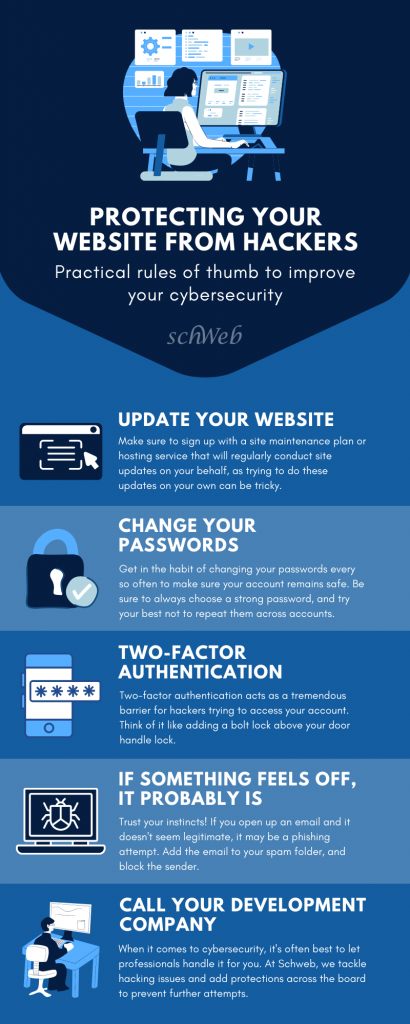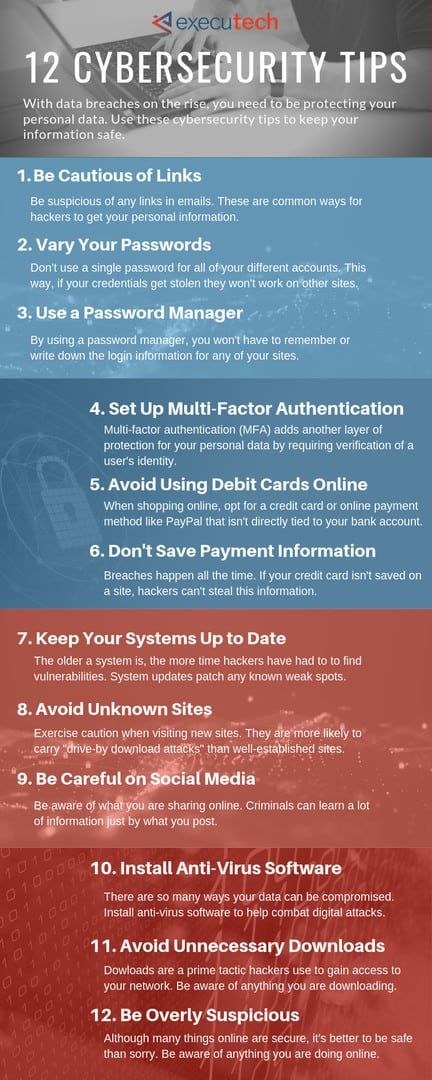
How Hackers Break into Accounts And How to Stop Them
- 0
With the rise of digital technology, hackers have become increasingly sophisticated in their methods of breaking into online accounts. From social media accounts to banking information, no account is safe from their prying eyes. In this article, we’ll explore the most common ways hackers gain access to accounts and provide tips on how you can protect yourself from falling victim to their schemes.
Social Engineering
Social engineering is one of the most common methods hackers use to gain access to accounts. This involves manipulating individuals into divulging sensitive information, such as passwords or personal details, through deception. For example, a hacker may impersonate a trusted individual or organization to trick you into providing them with access to your account. To prevent falling victim to social engineering attacks, always verify the identity of individuals requesting sensitive information before sharing any personal details.
Phishing
Phishing is another common tactic used by hackers to break into accounts. This involves sending fraudulent emails or text messages that appear to be from legitimate sources, such as banks or social media platforms, to trick individuals into providing their login credentials. To protect yourself from phishing attacks, always be cautious when clicking on links or downloading attachments from unknown sources, and never provide personal information in response to unsolicited messages.
Brute Force Attacks
Brute force attacks involve hackers using automated tools to guess passwords until they gain access to an account. These tools can make thousands of login attempts in a matter of seconds, making it essential to use strong, unique passwords for each of your accounts. To prevent falling victim to brute force attacks, use complex passwords that include a mix of letters, numbers, and special characters, and enable two-factor authentication whenever possible.
Malware
Malware is a type of malicious software that hackers use to gain unauthorized access to devices and accounts. This can include viruses, ransomware, or spyware that infects your computer or mobile device without your knowledge. To protect yourself from malware attacks, always keep your software up to date, and avoid clicking on suspicious links or downloading files from untrusted sources.
How to Protect Yourself
While hackers are constantly evolving their tactics, there are steps you can take to protect yourself from falling victim to their schemes. Here are some tips to help you safeguard your accounts:
Use strong, unique passwords for each of your accounts
Enable two-factor authentication whenever possible
Be cautious when clicking on links or downloading attachments from unknown sources
Regularly update your software to protect against malware
Verify the identity of individuals requesting sensitive information before sharing any personal details
By following these tips and staying vigilant against potential threats, you can greatly reduce the risk of falling victim to hackers. Remember, the best defense against cyber attacks is awareness and proactive measures to protect your accounts and personal information.
Stay safe and secure online!
